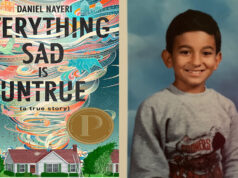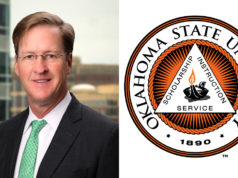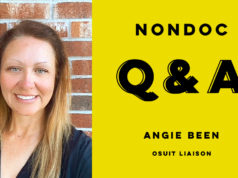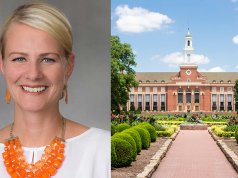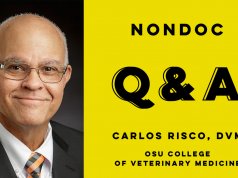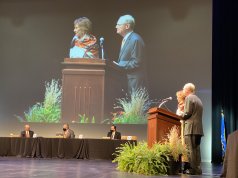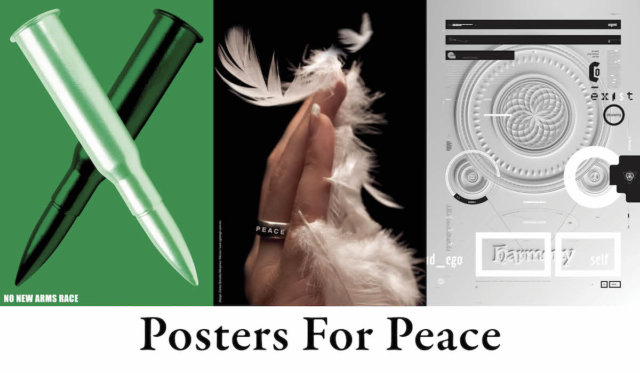

Art and a desire for world peace will connect a Stillwater, Oklahoma, gallery and a historic Iranian prison this month. Posters for Peace, a dually hosted exhibit, opens today on two continents.
“We believe that peace is an intrinsic human desire,” said OSU assistant professor of graphic design Pouya Jahanshahi. “No matter what happens around politics, the economy, society, I think all humans want to see peace and they believe sitting in harmony with each other is a core human desire.”
The exhibit will feature posters from international artists who oppose the escalation of violent conflicts. Born in Iran, Jahanshahi left his homeland for London and then California as a teenager during the Iran-Iraq War.
“If it wasn’t because of war, I would not have left Iran,” Jahanshahi said.
Jahanshahi, 47, is working with Zahra Pashaie, a noted Iranian graphic designer, to bring the exhibit to audiences. It will feature posters from 20 Iranian designers and 20 international designers, many of whom are in America.
In Stillwater, the exhibit can be viewed from Sept. 7 through 28 at the OSU Department of Art’s Gardiner Gallery on campus, 108 Bartlett Center.
But in Tehran, the exhibit will be displayed in the Qasr Gallery, a former prison built in 1929 that was recommissioned as an art gallery in 2012.
“It’s a massive jail structure. I think it had a couple hundred jail cells. Some of the famous Iranian authors and poets were jailed in that facility,” Jahanshahi said. “That facility has become a cultural center now. These same posters that will be in our gallery will be displayed in the jail cells and the jail gallery in Iran.”
Jahanshahi said that since Iran shares borders with other nations that are hostile to it, messages of peace are important.
“Iran and America have always had this weird love-hate relationship,” Jahanshahi said. “But I can tell you from the perspective of Iranian people – I’m not talking about politics or economics or anything – Iranian people have always had an admiration and love of American things and America itself and Americans.
“It’s partly because of the notion of how America became what it is. People left places that didn’t want them or were putting them under torture, so they created a new place, and this new place became better than anywhere else.”









